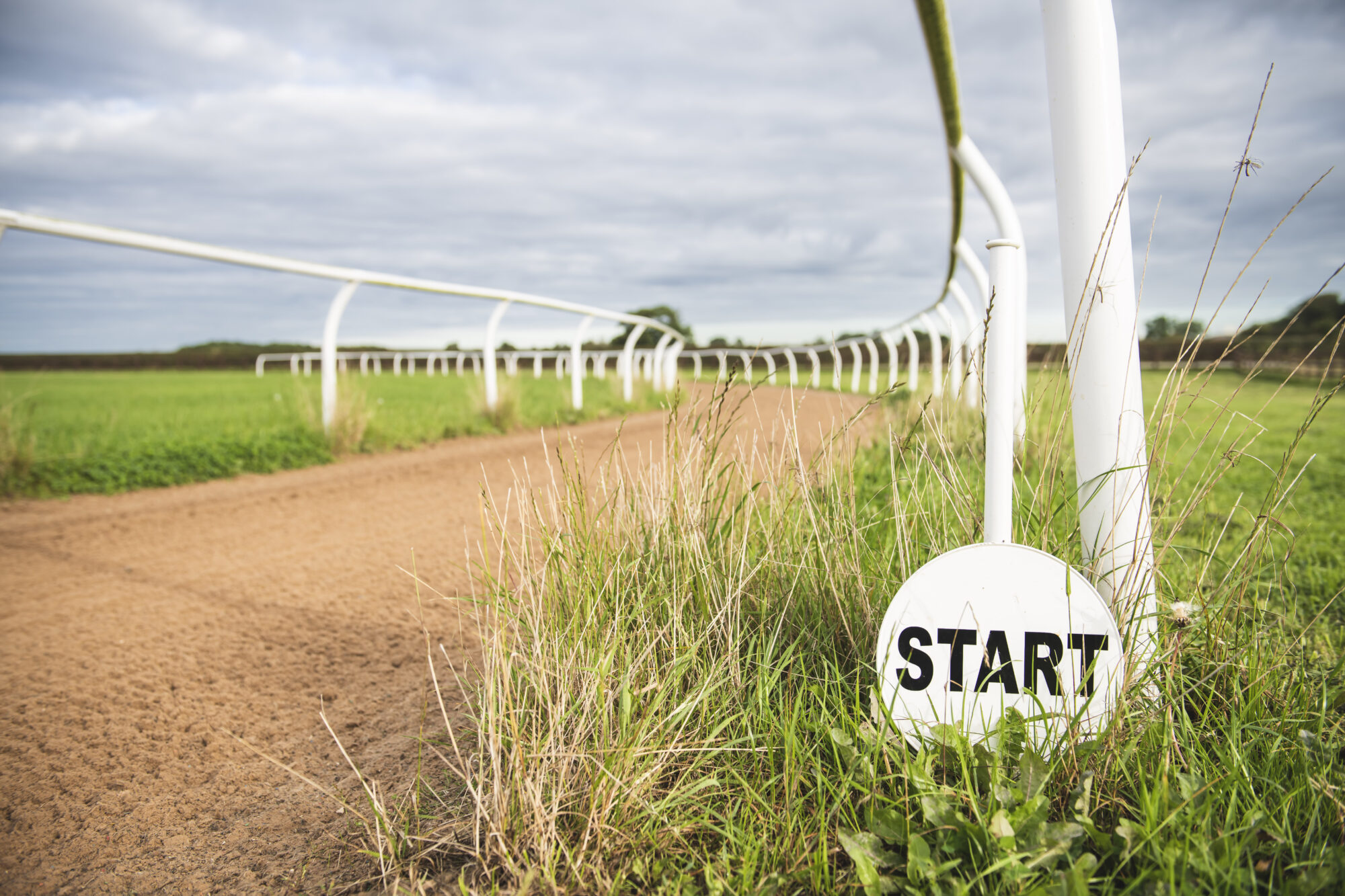Most riders and owners would do anything for their horses, spending thousands of pounds every year on feed, supplements, bedding, tack and rugs, not to mention farrier, vet, saddler and physiotherapist visits and lessons and entry fees. Our aim is to ensure our horse is happy and healthy, and able to do its job in comfort. A key element of equine wellbeing is being fit for purpose, so that a horse can achieve optimal performance when being worked and avoid injuries and accidents that stem from tiredness. Whether you’re a fiercely competitive rider or simply enjoy hacking, fun rides and the occasional riding club event, ensuring that your equine partner is physically capable of meeting the demands of their job is crucial. In this blog, we’re going to take a closer look at the importance of assessing and improving the fitness of our horses, specifically focusing on two key areas: cardiovascular fitness and gymnastic ability.
Cardiovascular Fitness: Powering the Engine
When it comes to equine performance, cardiovascular fitness is of paramount importance. A healthy heart and a strong circulatory system allow a horse to efficiently transport oxygen and nutrients to the working muscles. Just like us horses benefit from regular cardiovascular exercise to improve their overall fitness level. Aerobic training will increase their lung capacity, reduce recovery time, and enhance their endurance. So, how can we ensure our horses have the necessary cardiovascular fitness?
Regular Conditioning: Gradually build up your horse’s fitness through a structured conditioning program. Start with walking and roadwork and gradually build up to hacks interspersed with trotting and eventually short canters. Increase the duration and intensity over time, incorporating longer canters and faster work. Our gallops are the perfect location for fast work, giving you perfect footing and distance markers to judge speed and therefore improvements in fitness.
Cross-Training: It’s worth mixing in cross-training for a variety of reasons, including stimulating different muscle groups, reducing wear and tear on the joints and giving them a change of scenery. You could include long-reining or water treadmill sessions and other low-impact workouts that target the cardiovascular system without excessive strain on joints.
Gymnastic Ability and Core Strength
While cardiovascular fitness is vital, a well-rounded equine athlete must also possess excellent gymnastic abilities. Just like humans, horses need a strong musculoskeletal system, flexibility, and coordination to perform at their best. Here are a few key aspects to consider:
Core Strength and Stability:
Developing a strong core is crucial for a horse’s self-carriage, coordination and to prevent kissing spines developing. To improve core strength and stability, incorporate exercises that engage the abdominal muscles, such as hill work, pole exercises, and lateral work.
Balance and Coordination:
Horses who are being asked to tackle cross-country courses, demanding schooling or dressage movements and complex showjumping courses need to be able to maintain balance and coordinate their movements effectively to avoid injury. Try utilising ground poles, cavaletti and grids to challenge your horse’s balance and improve their gymnastic ability and coordination.
Flexibility and Suppleness:
Enhancing a horse’s range of motion through regular stretching exercises can help prevent injuries and improve performance. Incorporate exercises such as carrot stretches, leg stretches, and gentle lateral flexion to promote flexibility and suppleness. Regular physio sessions are essential too, to boost circulation and help muscles recover after exercise.
A fit-for-purpose, healthy horse is a true partner in achieving our equestrian goals, and a clear aim of any dedicated horse owner. By prioritising cardiovascular fitness and gymnastic abilities, we ensure that our equine companions are physically capable of meeting the demands of their ridden work and avoid injury. Take a closer look at our services to see how our facilities can help keep your horse in the best possible shape.
